Just south of the Canadian border a few miles from my house in Washington, there’s a little-known, $25 course whose first hole is a steeply uphill, 460-yard bruiser with a large pond to the right of the fairway at driving distance and OB all the way down the left. A creek runs across the fairway at 240 yards and the second half of the hole narrows to about 25 yards between the trees before you arrive at a tiny green with a sharp rise at the front. The rest of the course is beautiful and fun, but you only get to see it if you make it to the 2nd tee without having lost all your golf balls, patience, or humor.
A few miles to the south is another quiet, public course with an opener so flat and featureless, it’s only the thought of how much better it quickly becomes that motivates golfers to carry on.
The two holes are clearly positioned at each end of the architectural spectrum—one so hideously difficult it drains you of joy, the other so dull it evokes a flatline response—and both wildly different to the remainder of their respective courses. Neither works on any level.
But what does work? How should an opening hole play and how should it make you feel?
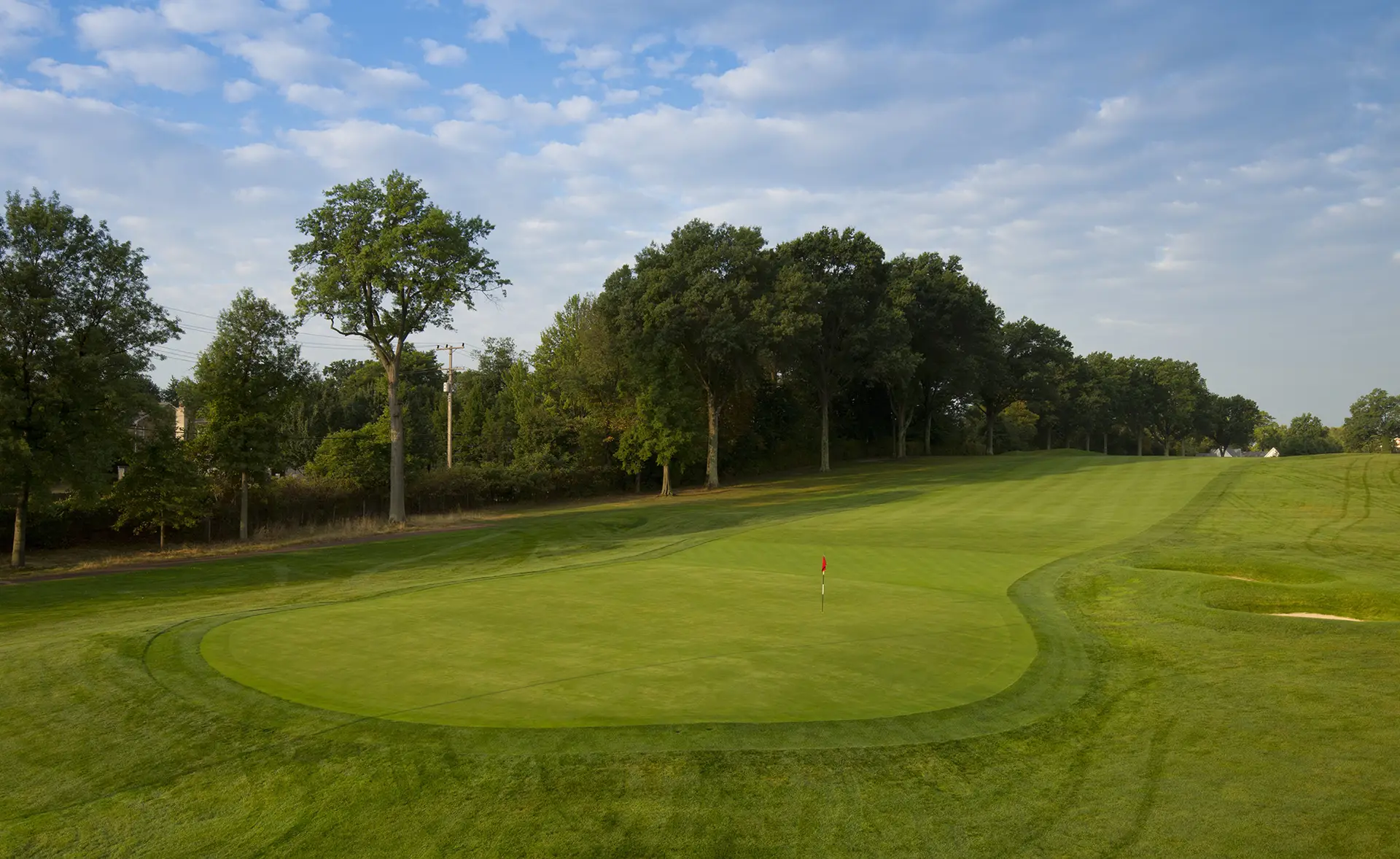
While courses designed with the intention of one day hosting an important, high-level tournament might start with a stern challenge (Oakmont, venue for this year’s U.S. Open, begins with a 488-yard par-four that played to an average of 4.45 during the 2016 championship, making it the most difficult hole on the course), the definite consensus among the five designers we spoke with was that a course’s first hole shouldn’t seek to punish golfers, the term “gentle handshake” coming up frequently.
“It’s amazing how many of the really great courses—Merion, Pebble Beach, Riviera, even Pine Valley—have a relatively easy opener,” says Oregon-based Dan Hixson, whose design credits include the highly acclaimed Wine Valley, Bandon Crossings, and the golf offerings at Silvies Valley Ranch.
Colton Craig, who works alongside Steve Smyers and Tom Coyne in a newly formed partnership, says he enjoys designing a “friendly, welcoming” opening hole that “sets a relaxed tone, encouraging players to settle into the rhythm of the game.”
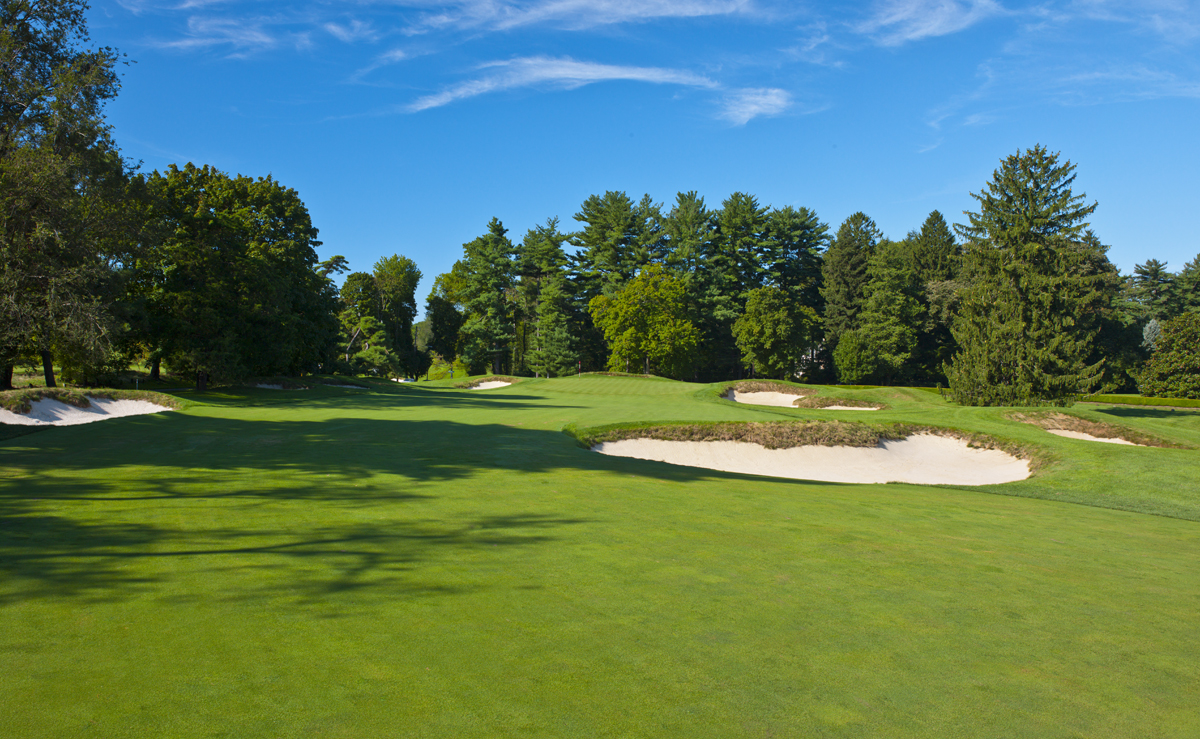
Texan architect Trey Kemp avoids anything blind and likes to “make the golfer feel like they’re starting an adventure instead of just facing a standalone challenge,” while Mike Hurdzan, who estimates he’s had a hand in the design of 500 or so opening holes during a 60-plus-year career, likes to set a theme “but in a gentle way”, adding, “first holes should engender hope and create smiles if possible. Benign is better than brutal. It can look hard but should play easy.”
“Everything is site-specific, so you can’t always dictate what you design,” says Jay Blasi, who recently completed a redesign of the Northern California Golf Association-owned Poppy Ridge in Livermore, Calif. “But, in general, I’d prefer to have an opening hole that offers plenty of width and which allows the golfer to swing away and get loose.”
Another popular theme that came up was pace of play. In another article, we explored how appropriately designed holes, and the right sequences of holes, can help establish a good flow at the beginning of the round. “Most clients will want a hole that works well for pace of play,” says Blasi. Craig says his ideal opening hole doesn’t hamper flow by being too daunting, and Kemp says the right hole “sets a good pace.” Hurdzan, who admits being very sympathetic to right-handed slicers, keeps the landing zones as wide as practical with no left to right slopes, and leaves areas short and right of the intended landing zone free of water, bunkers, tall grass, and OB. “Opening holes should be fun and play fast,” he says. “The yardage should be middle distance and the green reasonably receptive.”
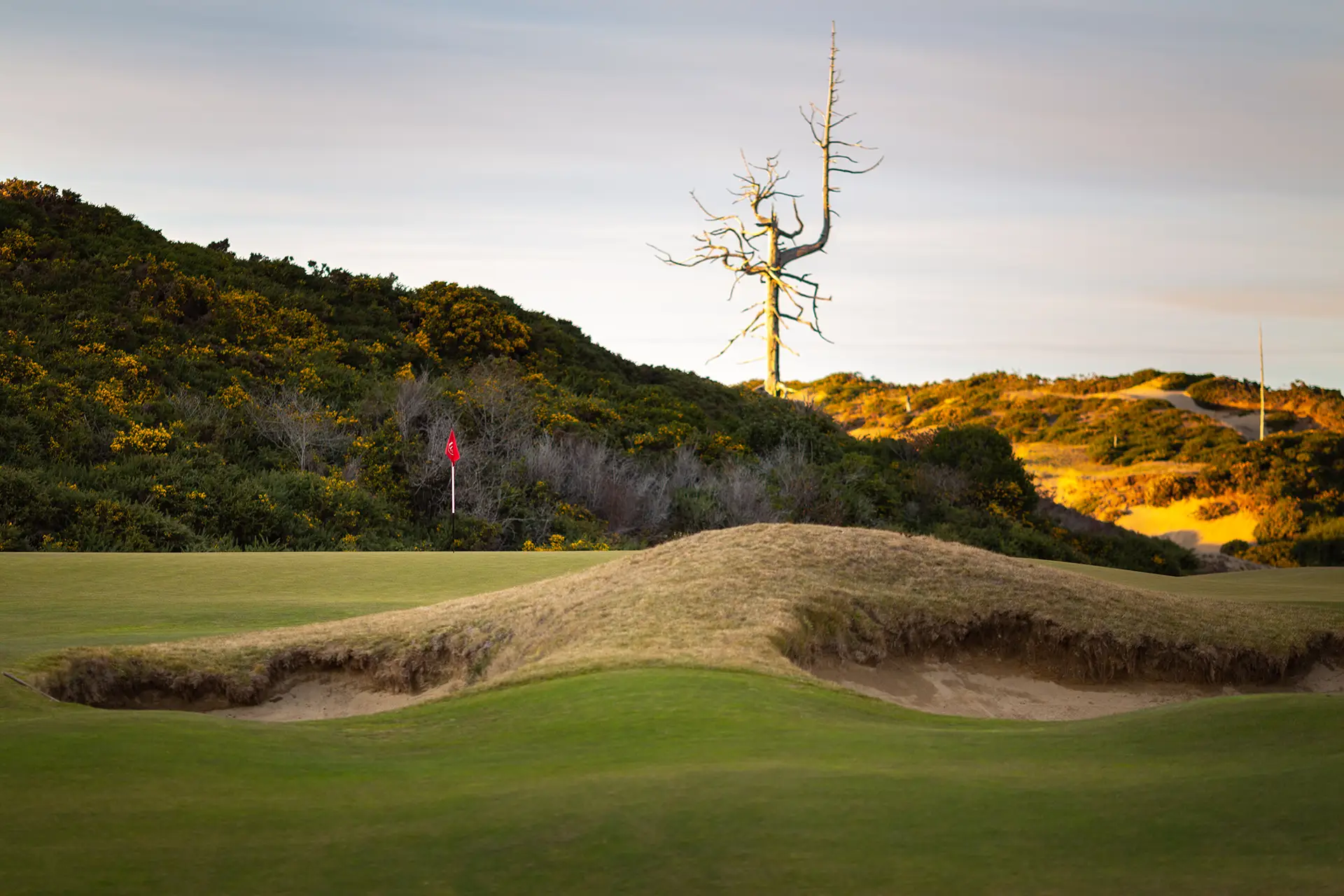
Visual impact is also very important, notes Hixson. “I give a lot of attention to how the first hole looks,” he adds, “as it forms the golfer’s first impression of a course. It should look attractive and inviting.” It doesn’t end there though, as Hixson strongly believes that, in addition to looking appealing and offering only a modest challenge, the first should be a genuinely good golf hole. “I had a friend in Oregon, long deceased now,” he says, “who always admitted to designing one of the worst opening holes ever. He felt that a poor starting hole would allow the 2nd, 3rd, and 4th to be great and felt that was the right way to go. But it backfired as very few golfers ever noticed how good the stretch from 2–4 was. They focused only on how bad the first was. That was an important lesson, and I’ll never do that.”
Craig likewise believes the area around the first tee is critical, saying that removing distractions like parking lots or cart-staging areas can make a huge difference in the overall vibe. “A warm-up putting green or similar buffer can enhance the experience, though,” he adds, “and help establish the right mood from the moment players step onto the course.”
Blasi also makes the point that, if he’s designing a course where match-play is encouraged, the client may want some risk/reward as it might be used as a playoff hole.
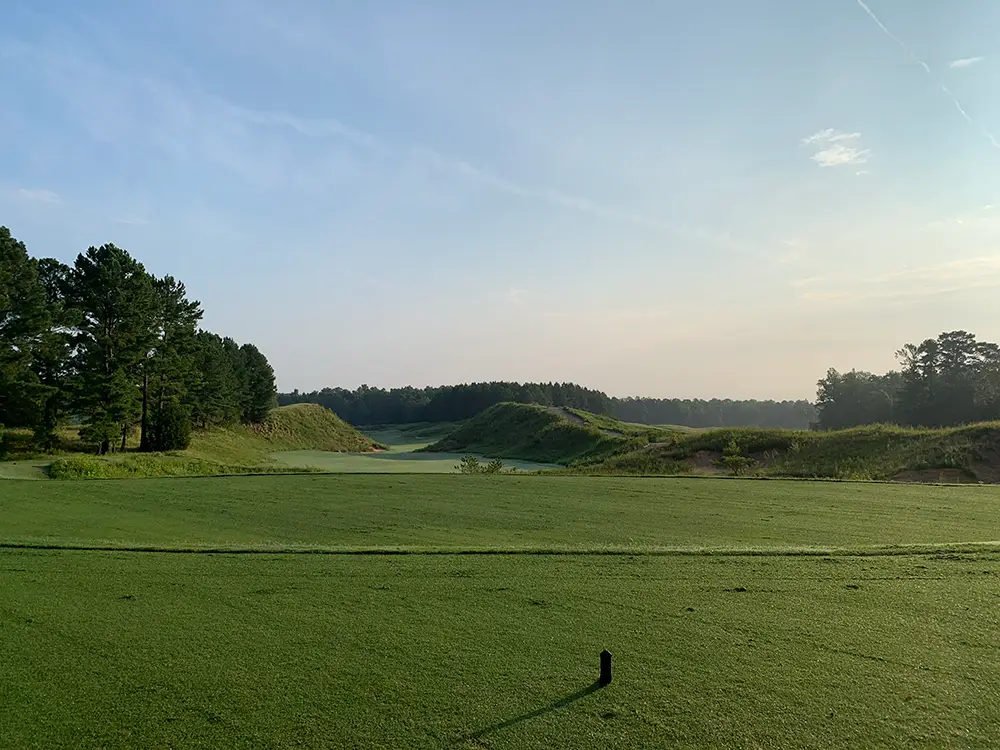
Not surprisingly, perhaps, there was much common ground among the architects about which opening holes met all, or nearly all, their criteria. The par-five first at Sand Hills in Nebraska was a popular choice, as was the opener at Cypress Point where, Craig says, the move from the putting green near the pro shop to the opening tee shot that flies over a row of hedges creates a feeling of “leaving the built world behind and stepping into nature.”
Kemp identified a couple of public-access holes that deserved a mention—No. 1 at Tobacco Road which, he thinks, sets the tone for the rest of the round better than any other opening hole, and the first at Old Macdonald where the wide fairway won’t intimidate anyone but the approach to the double-plateau green lets you know what’s coming the rest of the way. Royal Dornoch and Whistling Straits were likewise both mentioned multiple times.
Then there was the first on the Old Course at St. Andrews which, because of its magnificent setting, the fact it gets players off at a good pace and demands a little teasing strategic decision without being overwhelming or intimidating, is the perfect opening hole in every way.



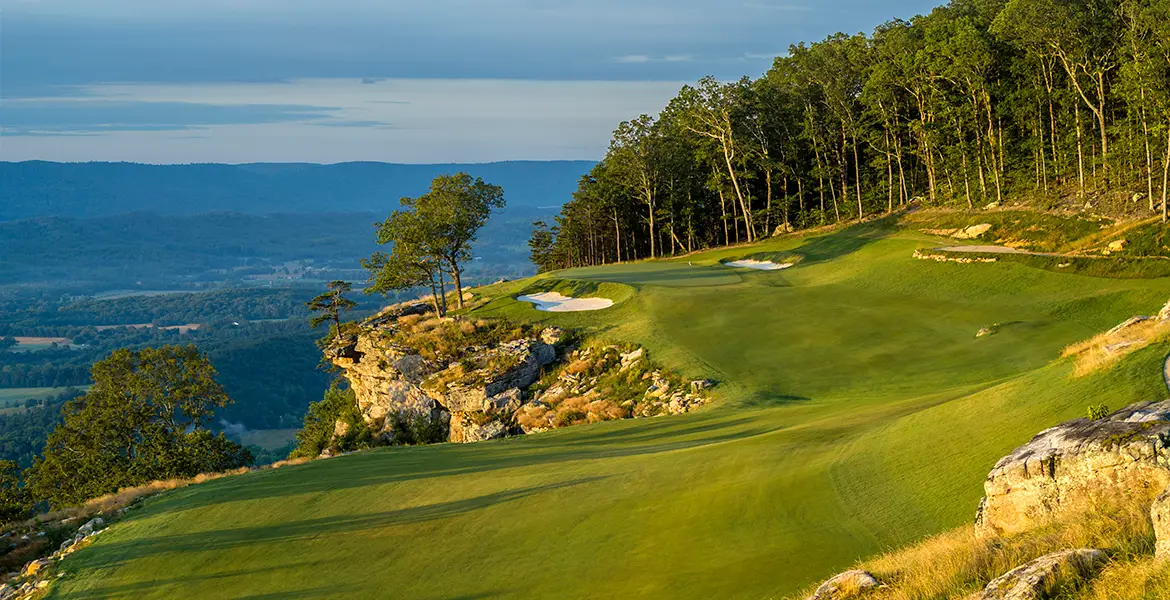
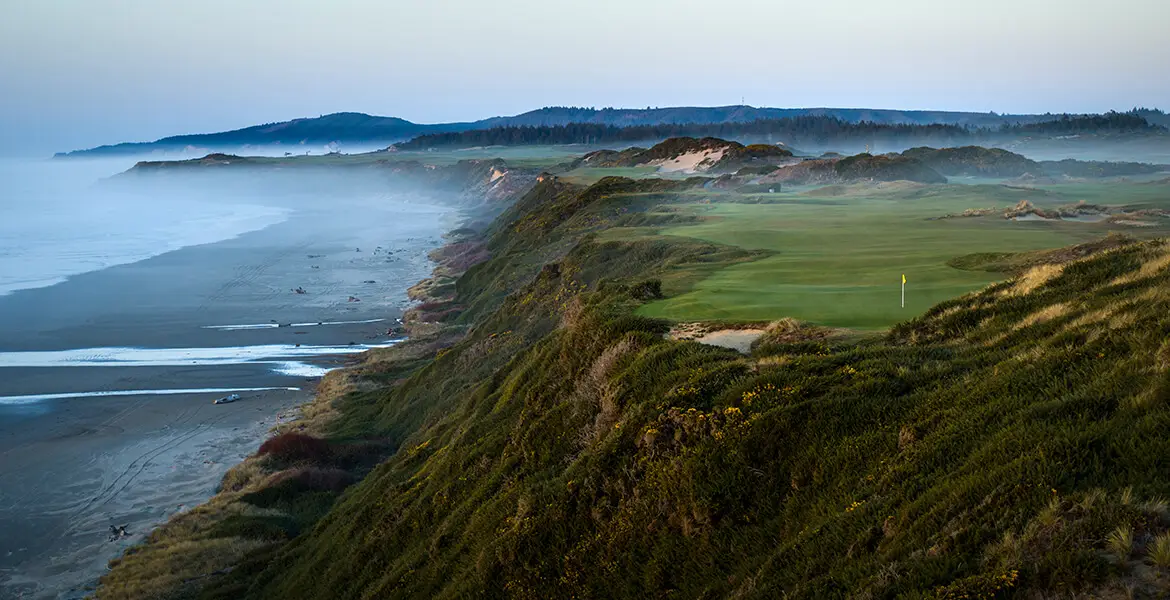

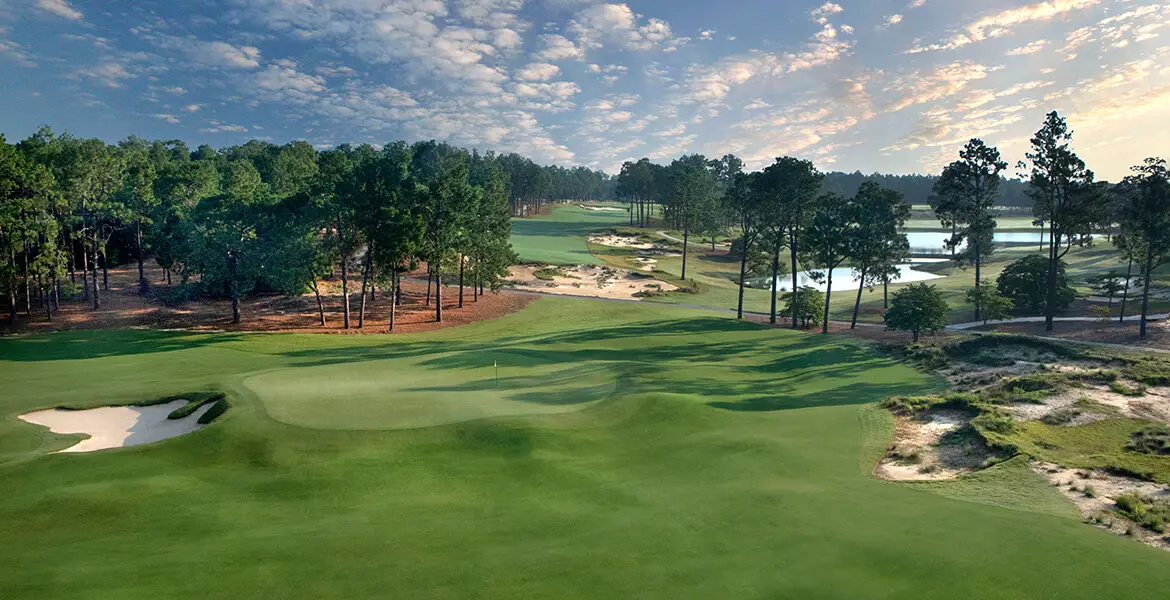
2 of my most favorite courses I have played “several times” at the Old Course at St Andrews and the “many times” at Old Macdonald at Bandon Dunes. The courses are different, quiet, challenging and walkable!